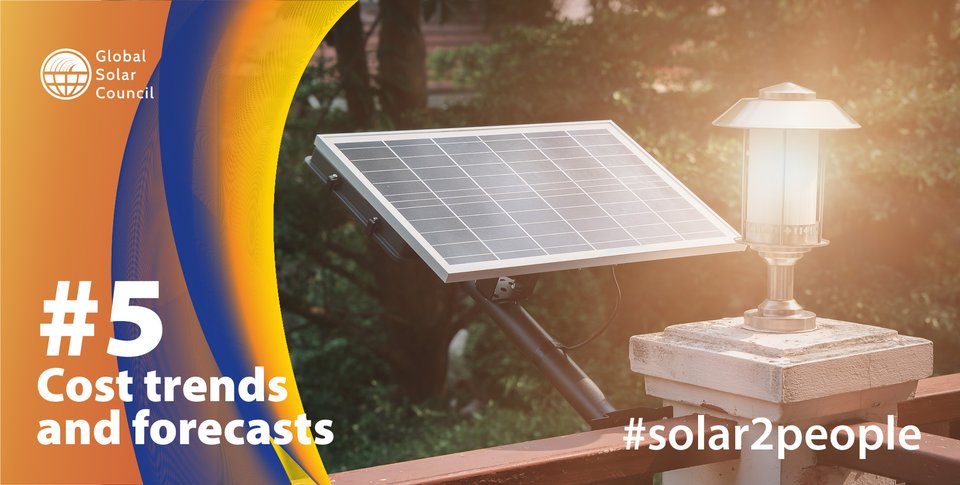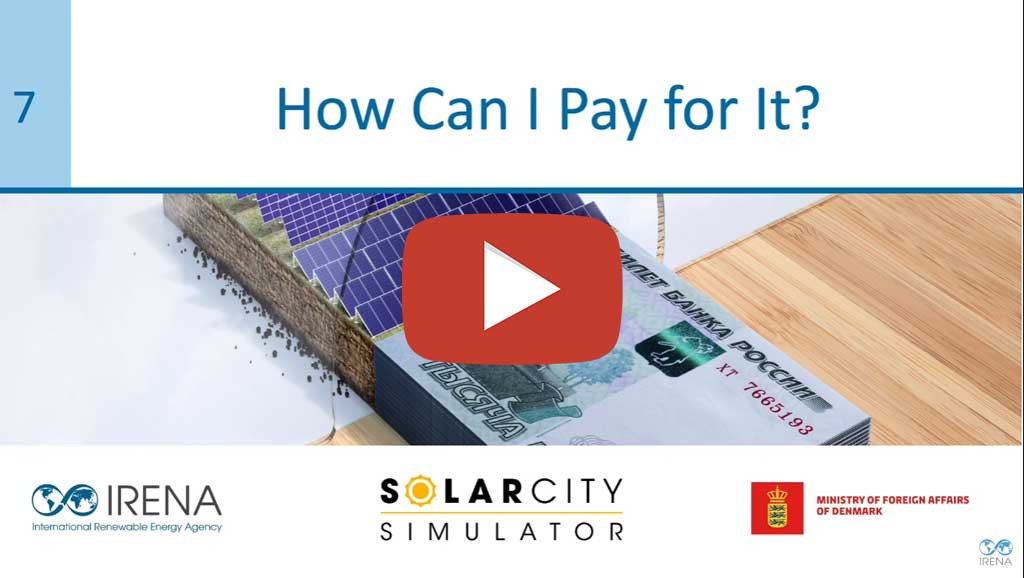Press Release, Solar 2 people
High energy bills and worsening prospects for fossil fuels: switching to solar creates immediate savings

Solar PV technology is continuously advancing while becoming the world’s most affordable energy source. In our blogs, we have seen the vast range of benefits offered by solar PV. However, the tense geopolitical situation, the disruption of supply chains brought by the pandemic, and the energy crisis, have recently led to a slight increase in prices that might raise some questions from households and businesses. Reality tells us solar PV still is, and will remain our best option. Let’s take a closer look.
The historical perspective: decades of diminishing costs
Just like computers, TVs, and cell phones, the economies of scale in the solar market have produced a dramatic cost curve that has helped reducing both power generation costs and carbon emissions.
The cost of installing solar PV on roofs has been constantly declining over the past decades, thanks to reducing cost of technology and market growth.
Between 2010 and 2021, the average installed cost of rooftop solar worldwide dropped by 60% in the US, and even more in other countries due to widespread availability of materials, which reduced production expenses. In 2021, the average installed cost of solar PV systems stood at $ 857 per kilowatt.
For example, research in the US highlights how the cost of an average-sized residential system in 2022 ranges between $18,000 and $20,000, before applying tax credits or other incentives. This works out to between $2.75 and $3.35 per watt of solar installed, depending on location and products used.
Once you take the federal solar tax credit into account, the overall cost drops to an average of between $12,000 and $14,000 - that’s around 80% lower than the cost of solar 10 years ago, when it could easily go above $50,000!
Moreover, an important point to consider when assessing PV prices is that homeowners with solar panel systems pay less for electricity than those without them due to the possibility of producing their power during peak hours when electricity rates are at the highest level.
Understanding the temporary price increase
Prices of many minerals and metals that are essential for clean energy technologies have recently soared due to a combination of rising demand, disrupted supply chains and concerns around tightening supply in a complex geopolitical situation.
As innovation and economies of scale reduce the cost of solar PV and other key clean energy technologies, the raw materials components account for a larger share of their total cost. This is why surging raw material prices have an impact on the financing needs for clean energy transitions around the world. This resulted in an increase of 16% in prices of solar PV in 2021, while other clean technologies have experienced similar increases.
However, higher commodity prices does not rule out further cost reductions for clean energy technologies if there is a redoubling of efforts to reduce costs via technology innovation, efficiency improvements and economies of scale.
In fact, market demand for photovoltaic cells continues to increase worldwide. In addition, improvements in manufacturing and installation practices are expected to make installing PV on rooftops less expensive and more reliable for all homeowners.
Given the growing affordability of solar power and the skyrocketing prices of fossil fuels, even with temporary higher up-front costs, solar PV is still highly competitive. In fact, payback times for solar panels average between 6 and 9 years depending on the incentives in place and on the tariffs for excess energy fed to the grid.
Optimistic future outlook
Indeed, solar power’s cost leadership improved further in 2021, again outcompeting fossil fuels and nuclear in any unsubsidized investment case, and it will continue its cost-reduction path for many years to come.
Utility-scale solar installations are now cheaper than all other forms of power generation in many parts of the world, and will continue to replace older, dirtier power plants run on coal and natural gas.
Solar module prices for international markets are expected to fall in tandem with forecasted polysilicon price reductions as of 2023 as sizeable manufacturing capacities come online, according to recent research.
The best time to invest is now
Waiting to install solar panels means delaying savings on your energy bills, which will continue to rise over time. And even higher savings are possible considering battery costs have also reduced in the past decade.
The attractiveness of investing in PV systems has never been more visible. Even people without suitable roofs can generate their power with solar panels thanks to specific programs which are available in many countries. Passive income from these systems is also possible and can be considerable.
Fossil fuels are perishing, and the world can't depend on them for much longer. Pollution, climate change, and energy instability make solar PV an investment worth making to be more secure.
There has never been a better time to install solar!
Sources:
https://www.statista.com/statistics/809796/global-solar-power-installation-cost-per-kilowatt/
https://www.iea.org/data-and-statistics/charts/technology-cost-trends-for-solar-pv-module-2015-2021
https://www.nrel.gov/news/program/2021/documenting-a-decade-of-cost-declines-for-pv-systems.html
How Can I Pay for It?
- An informative video from IRENA.
Our partner IRENA has released a set of informative videos on solar systems covering a wide variety of topics. This one (below) focuses on the available options for users to pay for their rooftop PV system. These options include cash purchases, bank loans, homes refinancing, leasing, power purchase agreements, pay as you go methods, community solar, and NGOs and community programmes.
![Global Solar Council [logo]](/static/images/gsc-logo-horizontal.svg)
